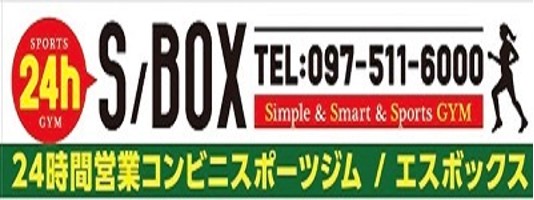お知らせやイベント案内など随時更新します。
ブログ
S/BOXスタッフより
薄着の季節到来!!
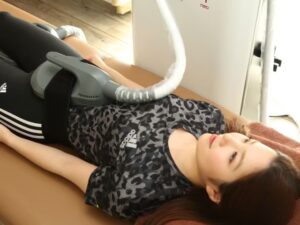
3月になり春が感じられるのももうすぐですね😍
身体のラインが気になる季節になっていきますね💦
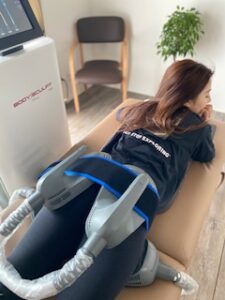
ウエスト周りを少し意識して引き締めるだけでもかなり印象は変わってきますよ♪
運動が苦手、運動する筋肉・体力がないという方には、寝るだけジム★電磁パルス瘦身マシン【ボディスカルプトネオ1回30分】初回限定3000円!!
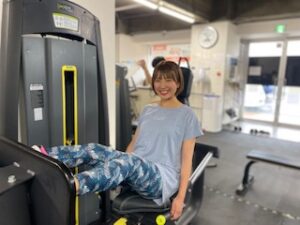
身体を動かして引き締めたい!という方には、24時間トレーニングジム会員がオススメ😍
24時間いつでも利用OK★レギュラー会員【24時間】4950円とかなりおさいふに優しい月会費となっております♪
デイ会員【9時~16時】3850円
中高生会員【9時~20時】3300円
学割会員18~25歳学生【24時間】4400円
プラチナ会員60歳以上【8時~16時】3300円
それぞれの生活スタイルにあった時間などでお選び頂けるお得な会員メニューもございます😍

ジムは見学も(要予約)OK♪♪
お気軽にお問い合わせください!!
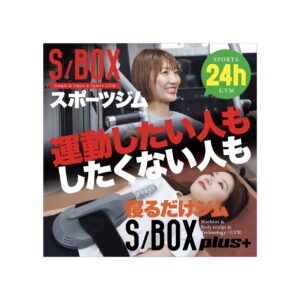
今から始める👌
24時間だから、自分のスキマ時間に好きなだけ🙆
低価格だから無理せず継続できる🙆
セミパーソナルメニューもあるので
初心者の方でも安心して自分に合ったトレーニングを見つけられます😄
健康の為、ダイエットの為、筋力UP部活のパフォーマンスUPの為
あなたに合った方法で🙆
どーしても運動はイヤだけど
お腹が気になってきた・・・等お悩み中の方は
S/BOXplusで寝たまま筋トレできます!!
更にボディケアも充実✨カイロプラクティックを学んだトレーナーによる
全身もみほぐしやドライヘッドスパはどなたにもおすすめです(^^♪
オイルリンパマッサージも血行をよくし
疲れた体をリセットできます😄
オススメのメニューなどホットペッパービューティーでも
掲載しています!
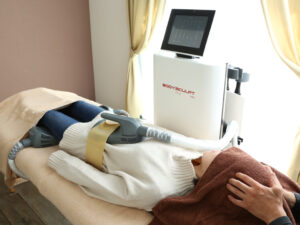
お得なパーソナル
S/BOX&S/BOXplusのオススメメニューの紹介です!
お試し🎵電磁パルス痩身マシン30分
プラス
パーソナル体験30分で
¥3,000!!!
電磁パルス痩身マシンは寝ながら筋トレを30分間体験してもらいます

パーソナル体験では
まずはカウンセリングで目的に合った運動スタイルを提案
トレーナーと相談しながら自分に合う特別メニューで30分間
パーソナル体験が出来ます✨

ジム利用が初めての方や、今後ジムに通いたいけど
どうしたらいいのか分からない方
是非お試しください😍
他にも多数お得なクーポンを
ホットペッパービューティーにて掲載中です🉐🉐
MASH Certified Sober House Transitional Living
Content
The skilled professional staff is dedicated to helping women overcome substance dependence and empowering them to achieve productive, substance-free lives. The mothers are provided both group and individual services to support and foster their recovery. No, halfway houses in Dorchester are not solely for individuals recently out of rehab.
A safe, caring haven where women can receive residential addiction support, while maintaining custody of their children. The H.O.W. House is nestled in between Lower Mills and Adams Village in Dorchester, MA. The property is situated on a quiet dead end, near the Ashmont Train Station.
Search for Transitional Housing
Sober houses serve as a transitional environment between such programs and mainstream society. Dorchester, Massachusetts offers many sober living resources for men and women in recovery from addiction. In addition to a range of recovery resources and services to men and women in recovery, Dorchester, located close to Boston, Massachusetts, offers https://ecosoberhouse.com/boston-sober-house-dorchester/ many sober living resources as well. A list of all sober houses in Dorchester, Massachusetts is available below. Here is a list of sober living homes and halfway houses in Dorchester, MA. Dorchester halfway houses provide transitional housing to young and older adults, teenagers, men and women who have either a drug or alcohol addiction problem.
These homes allow for independence while guided by a set of recovery-focused house rules, standards, and expectations. Visit the Vanderburgh House website to learn more about their sober homes. Sober House Directory helps you find sober houses, structured group homes, and sober living. Our team of sober house owners, operators, consultants, clinicians, and providers understand sober living is challenging; our mission is to connect residents to sober houses so everyone can find their recovery community. We do not show halfway houses, treatment programs, or rehabilitation facilities. We were founded jointly by Vanderburgh House, an operator of sober houses in Massachusetts, and Vanderburgh Communities, an organization supporting sober living and recovery home operators.
Interim House Inc Recovery Home – 1.0 miles from Dorchester, MA
Massachusetts sober houses are certified by the Massachusetts Alliance for Sober Housing or MASH. We are not affiliated with any of the listed mental health or addiction treatment facilities. Calling this # will route you to a third-party treatment center that advertises on this site.
Middlesex Human Service Agency Inc Answer House Recovery Home is a sober living house in Boston, MA, zip code. Hope House Inc Recovery Home is a sober living house in Roxbury, MA, zip code. Gavin Foundation Hamilton House Recovery Home is a sober living home in Dorchester, Massachusetts, zip code.
Faith House #7
While they often cater to those in early recovery, halfway houses can be beneficial for anyone seeking a supportive and structured environment to maintain their sobriety. Some residents may have completed formal treatment, while others may be transitioning from other living situations. To find a halfway house or sober living home in Dorchester, you can search online directories, contact local addiction treatment centers, reach out to support groups, or consult with addiction specialists. It’s important to research and choose a reputable halfway house that aligns with your recovery goals and needs. To ensure the quality and safety of a sober living home in Dorchester, it’s recommended to research thoroughly.
Sober living and halfway homes in Dorchester may be free, low-cost or luxury. Yes, many halfway houses in Dorchester offer gender-specific residences. This arrangement helps create a safe and supportive environment where residents can relate to and support one another.
高精度型体組成計 導入!!
S/BOXplus+に高精度型体組成計【ボディプランナー】導入!!😍
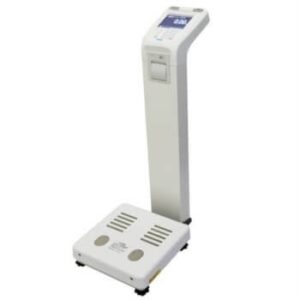
そもそも体組成計って🙄?という方もいらっしゃると思います。
体脂肪率などは何となく・・・など認知度は様々。健康志向な世の中になってはきていますが関りや自分に関係がないとなかなか詳しくはならないものですよね(笑)
高精度型体組成計は家庭でも体重計についている機能よりはるかに詳しく計測ができ、自己管理がしやすくなるものです!!
★病気のリスクがみえる
★トレーニングの効率化
この2つがおすすめな利点です。
測定内容は
・体重、BMI標準体重との差を表示
・全身の脂肪率、部位ごとの脂肪率、標準との比較
・内臓脂肪指数の表示
・骨格筋の部位ごとの表示
・除脂肪量の表示
・基礎代謝の表示、標準との比較
・骨量の表示
・水分量の表示
・インピーダンスの測定
が測定でき、QRコードの読み取りでスマホで測定結果を管理出来ます♪
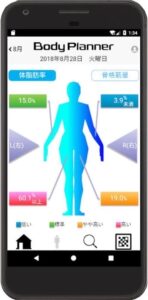
携帯のアプリも簡単に操作できます!!
私もやっていますがダウンロードからの作業は簡単でした(*^▽^*)
リアルな身体年齢・・・計測してみませんか??
体重だけでは分からない自分の健康状態が見えてくるかもしれませんよ!!
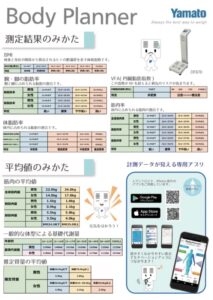
瘦身マシンなどのメニューとの組み合わせとしてのメニュー以外の測定のみのご利用もOK♪
※S/BOXplus・S/BOXジムの会員様は会員価格1回500円にて測定OK♪😍
